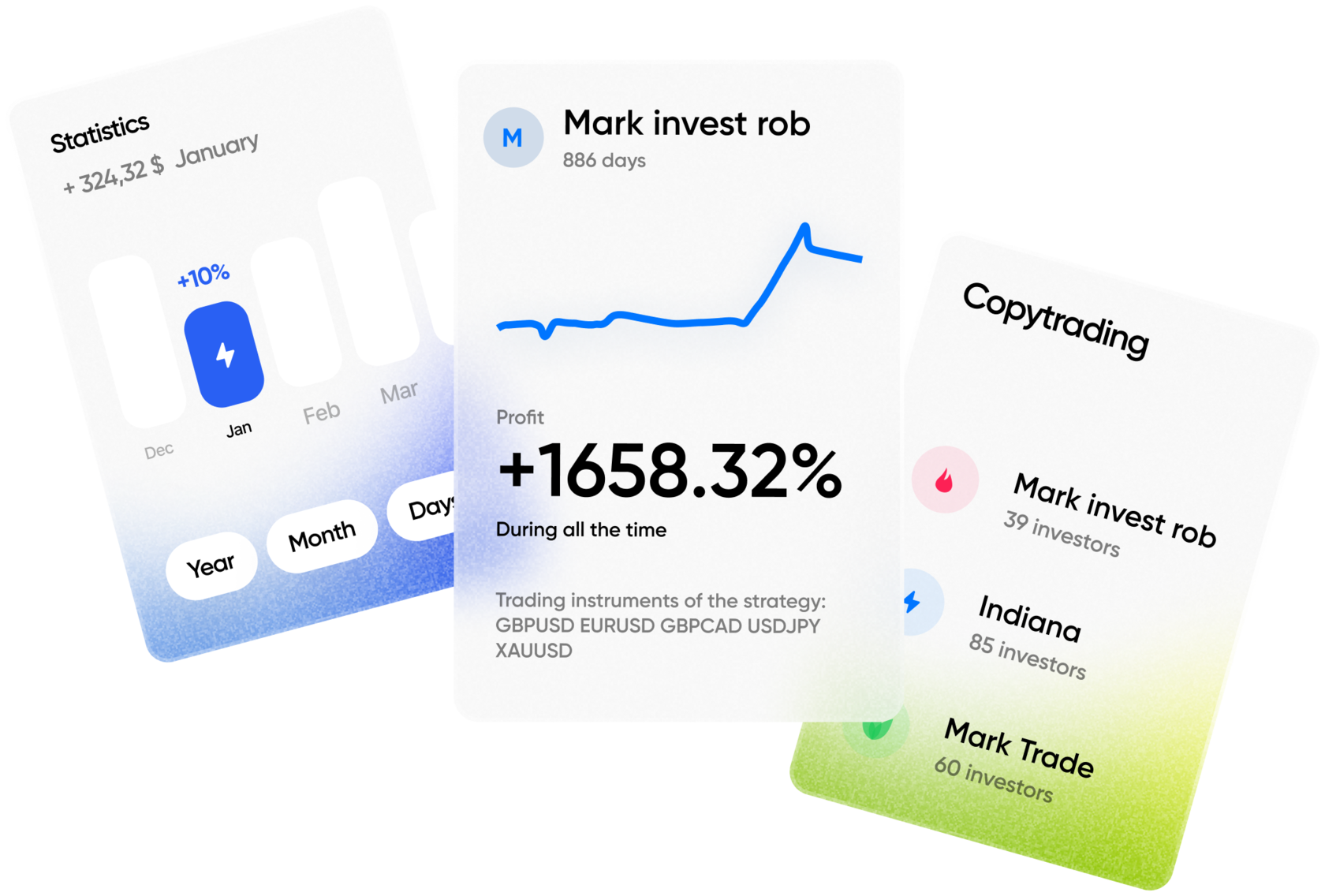For traders of all levels, navigating financial markets without a clear understanding of upcoming economic events is risky.
A trading economics calendar provides a structured overview of important releases and announcements that can move markets. Knowing how to use it effectively allows traders to anticipate market reactions, align strategies with economic conditions, and reduce exposure to unexpected volatility.
This guide will explore the purpose of the economic calendar, key events to track, and how to incorporate it into trading decisions for both short-term and long-term success.
What Is an Economic Calendar?
An economic calendar is a schedule of upcoming financial events, macroeconomic indicators, and central bank announcements.
It is essential for traders, especially in the forex and equity markets, where data-driven decisions often yield better results than speculative trades.
Learning how to read economic calendar entries helps traders understand market sentiment and identify potential opportunities before price movements occur.
Definition and Purpose
At its core, the economic calendar provides detailed information about each event, including:
- Date and time of release.
- Country or region involved.
- Type of data or announcement.
- Previous, forecasted, and actual values.
- Market impact estimate.
The primary purpose is to allow traders to anticipate market volatility. An economic calendar transforms trading from guesswork into a more analytical, data-driven process.
Traders who understand the calendar can react to deviations between forecasts and actual results, plan risk management strategies, and identify both short-term and long-term trading opportunities.
Using a trading economics calendar consistently is a hallmark of professional traders.
Why It Matters for Investors and Traders
Financial markets are highly sensitive to macroeconomic developments. Even small deviations from expected data can trigger significant price movements.
For example, a higher-than-expected inflation report might increase the likelihood of interest rate hikes, strengthening a country’s currency.
Similarly, weak employment numbers can spark market pessimism, affecting equities and commodities.
Traders need the economic calendar to:
- Monitor data releases that influence their positions
- Evaluate market expectations versus reality
- Plan entries, exits, and stop-loss levels around high-impact events
For beginners, learning how to use an economic calendar for forex trading is critical to minimizing surprises and capitalizing on predictable market patterns.
Key Economic Calendar Events
Understanding which events have the most significant impact is essential. Traders must know which data releases are market movers and how to interpret them.
Interest Rate Decisions and Central Bank Meetings
Interest rate announcements and central bank meetings are among the most influential events. Central banks adjust rates to control inflation, stimulate growth, or slow down an overheating economy. Forex traders closely monitor these announcements, as they often create rapid price swings.
- Rate hikes generally strengthen the domestic currency.
- Rate cuts often weaken the currency.
- Market statements and forward guidance are as important as the actual decision.
Interest Rate Event Impact on Currencies
| Event | Currency Impact | Typical Market Reaction |
| Fed Rate Hike | USD strengthens | EUR/USD falls, USD/JPY rises |
| ECB Rate Cut | EUR weakens | EUR/USD drops, EUR/GBP drops |
| BoE Rate Hold | GBP stable | Limited movement, market cautious |
Traders learn how to read forex economic calendar entries to prepare for these moves, adjusting positions in advance or waiting for confirmation.
Employment Reports (Non-Farm Payrolls and Unemployment Data)
Employment reports, particularly the U.S. Non-Farm Payrolls (NFP), provide insights into the labor market. They are often the most anticipated monthly data for traders worldwide.
Strong employment growth signals economic expansion and potential interest rate hikes, while weak growth may indicate slowing momentum. Unemployment rates, labor force participation, and average hourly earnings give a more complete picture of labor market health.
NFP often triggers sharp short-term volatility in forex markets, offering both opportunities and risks.
Inflation Indicators (CPI & PPI Reports)
Inflation data, such as the Consumer Price Index (CPI) and Producer Price Index (PPI), directly influence central bank policies. Traders watch these metrics to anticipate interest rate decisions and their effect on currencies, equities, and commodities.
Rising inflation can lead to rate hikes and a stronger currency, while lower-than-expected inflation may result in stimulus measures and weaker currency performance. Understanding how to use economic calendar data for inflation reports allows traders to interpret market sentiment and make informed trading decisions.
Gross Domestic Product (GDP) Releases
GDP data measures economic growth over a specific period. Positive GDP growth strengthens currencies, supports equities, and improves investor confidence. Conversely, negative or lower-than-expected growth can cause market caution. Traders often use GDP releases to confirm long-term trends or adjust positions in anticipation of policy changes.
In forex trading, GDP releases are particularly significant for the currencies of major economies such as the U.S., Eurozone, and Japan.
Retail Sales and Consumer Confidence Reports
Consumer spending drives economic activity, making retail sales and consumer confidence data highly relevant. Rising retail sales indicate strong consumer demand, often boosting equities and currencies. Declining confidence or spending suggests slower growth, potentially prompting central banks to act.
Traders can analyze these reports to anticipate shifts in short-term sentiment or longer-term economic trends. Combining retail sales and confidence indices with employment and inflation data creates a holistic market perspective.
Trade Balance and Manufacturing Data (PMI & ISM Reports)
Trade balances and manufacturing reports offer insights into production and international trade health. Positive trade balances generally support the domestic currency, while negative balances may weaken it. Manufacturing indicators, like PMI and ISM reports, measure industrial expansion or contraction and are leading indicators of GDP and employment trends.
Professional traders integrate these data points into broader macroeconomic analysis to align trading strategies with the economy’s trajectory.
Geopolitical Events and Unexpected News
Markets react to both scheduled events and unexpected geopolitical developments. Elections, policy announcements, and sudden crises can produce high volatility.
While economic calendars list scheduled releases, traders must monitor news feeds and alerts for unplanned developments.
The combination of scheduled and unexpected events shapes a comprehensive trading strategy for risk and opportunity.
How to Use the Economic Calendar Effectively
Using an economic calendar effectively requires analytical skills, preparation, and disciplined execution. Traders use it to anticipate market reactions, interpret forecasts, and adjust strategies.
Anticipating Market Reactions
Traders compare forecasted and previous data to understand expectations. By anticipating reactions, traders can position themselves advantageously, reducing risk and improving profitability. Market moves are rarely random; they are the result of collective reactions to economic releases.
Understanding Forecasts vs. Actual Results
The gap between forecasted and actual results drives price movements. Positive surprises often result in upward price trends, while negative surprises trigger declines. Learning how to read economic calendar data allows traders to interpret these deviations and make timely decisions.
Short-Term Trading Opportunities vs. Long-Term Trends
Economic calendars support both day trading and long-term investment strategies. Short-term traders capitalize on immediate volatility caused by news releases, while long-term traders monitor trends to inform portfolio adjustments and hedge positions. Understanding how to use economic calendar for forex trading is crucial for balancing these approaches.
Customizing Your Own Calendar
Traders can personalize their calendars to focus on relevant markets and events. A well-customized calendar includes:
- Event name and time.
- Affected currency or market.
- Forecast, previous, and actual values.
- Expected market impact.
- Personal trading notes and strategies.
This approach ensures that traders do not miss high-impact events and can efficiently allocate attention to critical releases.
Risks and Challenges in Trading Economic Events
Trading economic releases carries inherent risks. Volatility and unexpected results can cause rapid losses if positions are unprotected. Traders must adopt robust risk management strategies, including stop-losses, hedging, and position sizing.
Overreliance on economic calendars without considering broader market context is a common mistake. Traders should combine calendar data with technical analysis, trend monitoring, and market sentiment to make well-rounded decisions.
Volatility and Market Uncertainty
Economic events often trigger sharp price movements. High volatility presents opportunities but also increases the risk of rapid losses. Traders must be prepared for sudden swings, particularly around high-impact releases like NFP or central bank decisions.
Risk Management Strategies
Effective risk management includes:
- Position sizing according to volatility.
- Using stop-loss and take-profit orders.
- Diversifying trades across instruments and currencies.
- Monitoring correlations to avoid overexposure.
Implementing these strategies ensures survival during volatile periods while maintaining growth potential.
Common Mistakes to Avoid
- Ignoring forecast vs. actual deviations.
- Trading without a predefined plan.
- Reacting emotionally to market movements.
- Overleveraging positions around high-impact events.
Avoiding these mistakes improves the trader’s ability to benefit from economic releases while minimizing risk.
Conclusion
The economic calendar is an indispensable tool for traders. Understanding how to read economic calendar, how to trade economic calendar, and how to use economic calendar for forex trading allows traders to anticipate market movements, manage risk, and align strategies with global economic conditions.
By focusing on key events like interest rate decisions, employment reports, and inflation indicators, and by customizing personal calendars, traders can navigate both short-term volatility and long-term market trends effectively.
FAQ
What is the most important event on the economic calendar?
Interest rate decisions and central bank meetings are widely regarded as the most important, as they have the largest influence on currencies and financial markets.
How do interest rate decisions affect markets?
Rate hikes typically strengthen the domestic currency, while cuts weaken it. They also influence equities, commodities, and investor sentiment.
Why is NFP so influential?
The Non-Farm Payrolls report reflects the health of the U.S. labor market. Its deviation from forecasts often causes immediate and significant market volatility.
Can geopolitical events be predicted?
Not precisely. Traders monitor political developments and risk factors, but sudden geopolitical events remain unpredictable, emphasizing the need for flexible strategies.







